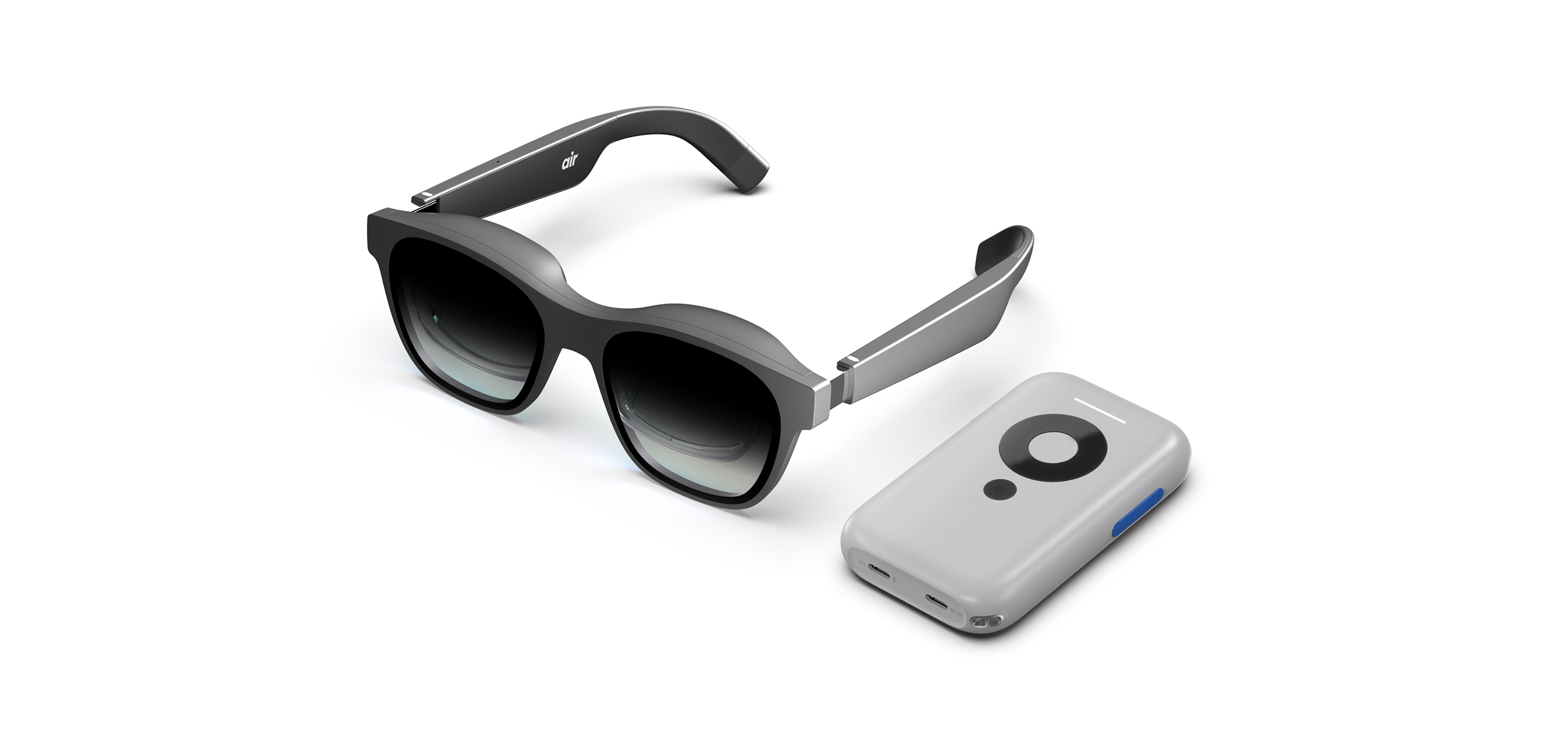XReal and Spatial Computing Thoughts

Went down some rabbit hole looking at VR and AR devices and got back around the XReal (formerly NReal) lineup. Besides the usual, “need to consider prescription lenses bit, there was actually some good commentary found not just about the tech, but what folks now understand that they want having seen Apple’s Vision Pro. Being so long in this valley between using a tablet as a canvas, gestural input devices, and “there’s more to AR/VR/MR than sight, “ it was helpful to read and listen to XReal’s most recent commentary and what it shapes for next steps in this space.
What is spatial computing? Well, it’s really a means of taking the computer canvas or screen off of the two-dimensional display that we are used to, and adding depth (and sometimes texture) to the experience of interacting with elements (buttons, windows, text, media, etc). This can mean doing things such as having a virtual desktop or canvas placed on top of your organize/temporal world. This can also mean to export your visual and audio sense into a reality just composed of this virtual universe. (if you will make you immersed in a virtual universe, while physically, you are still cognizant of being in the present).
Currently, the best experiences that happen here are either highly sensual (to get that out of the way), or highly interactive (games, some levels of productivity, computing, etc.). Much of this is because we only seem to think of computing inside of a few linear constraints. However, if we were to not separate the use of these virtual interfaces from the use of our organic/biological interfaces, they may become something different in terms of an interaction model. And this is what is prescribed to with AR and MR (mixed reality) - or as StudioD puts it, AI as a belief system is very much a shape of what this becomes.
Some of us may bristle at this mesh of biological, psychological, and spiritual realities. And yet, there seems to be a growing need, or maybe even desire, for people to reconnect with themselves, and every nature that they are part of. Having these artificial boundaries of separation (in terms of a computer, we see these levels of separation as the input devices, the size of a monitor, the speed at which a computer functions, etc.) is almost separating us from our whole being. Am I proposing that spatial computing gets closer to this reality of some type of symbiosis? No. But it’s not that hard to believe, or even conceive that some elements of this aspect of computing may indeed invite those kind of united experiences, some of which we don’t really have a language for (just yet). Experiences previous generations have explored thru chemically-induced means… or that almost all experience at various points of a night’s sleep.
Had this thought of the XReal, the Sentien Audio, and the Tap keyboard all pointing to this shape of computing where the space and tension we have around us matters more than what’s inside of the screen, or even the borders of the application being used. To continue to point on this pushes computing into a dispute with the world around us - have we put borders around something which didn’t have what we’ve managed to manufacture around them?